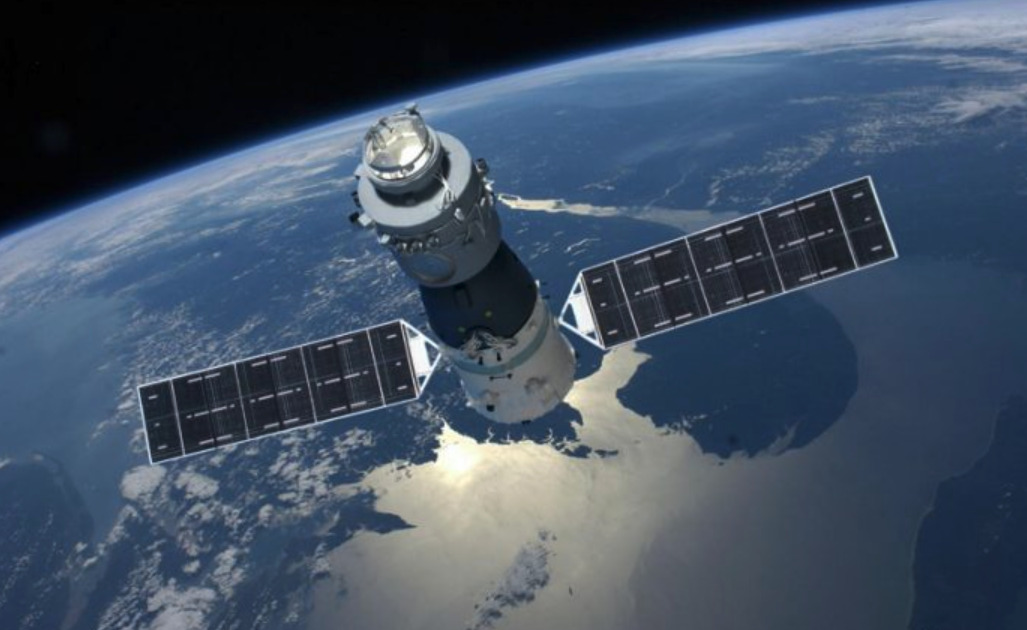China's Space Station Is Out Of Control And Will Smash Into Earth Within Months
With regular launches from the likes of SpaceX, fantastic photos of far-away worlds sent straight to Earth by high-tech spacecraft, and the very real discussion of Mars colonization, it's easy to forget that humans aren't actually all that great at this whole "going to space" thing. Take China's Tiangong-1 space station, for example, which was launched in 2011, and is expected to slam into Earth's atmosphere around the end of 2017, potentially endangering the lives of anyone in the path of its debris. Great.
The space station, whose name means "Heavenly Palace," performed well for China during its stint in space, but its handlers here on Earth eventually lost complete control over it, admitting many months ago that the spacecraft would eventually crash back down to Earth.
The good news for China is that the heat generated by the friction between the space station and Earth's atmosphere will cause the craft to incinerate as it falls, but scientists believe that even that won't be enough to completely destroy it. Some of the station's larger metal components could still tumble to the surface, and getting nailed with a huge hunk of metal moving at terminal velocity will most certainly be the end of your life.
The worst part is that it's absolutely impossible to predict exactly where or when the craft will begin its descent. Scientists with their eyes on the sky won't know the area of potential impact until a handful of hours before the Tiangong-1's fall, and if the forecasted area is populated, warning people to get out of the way will undoubtedly be a huge challenge.
